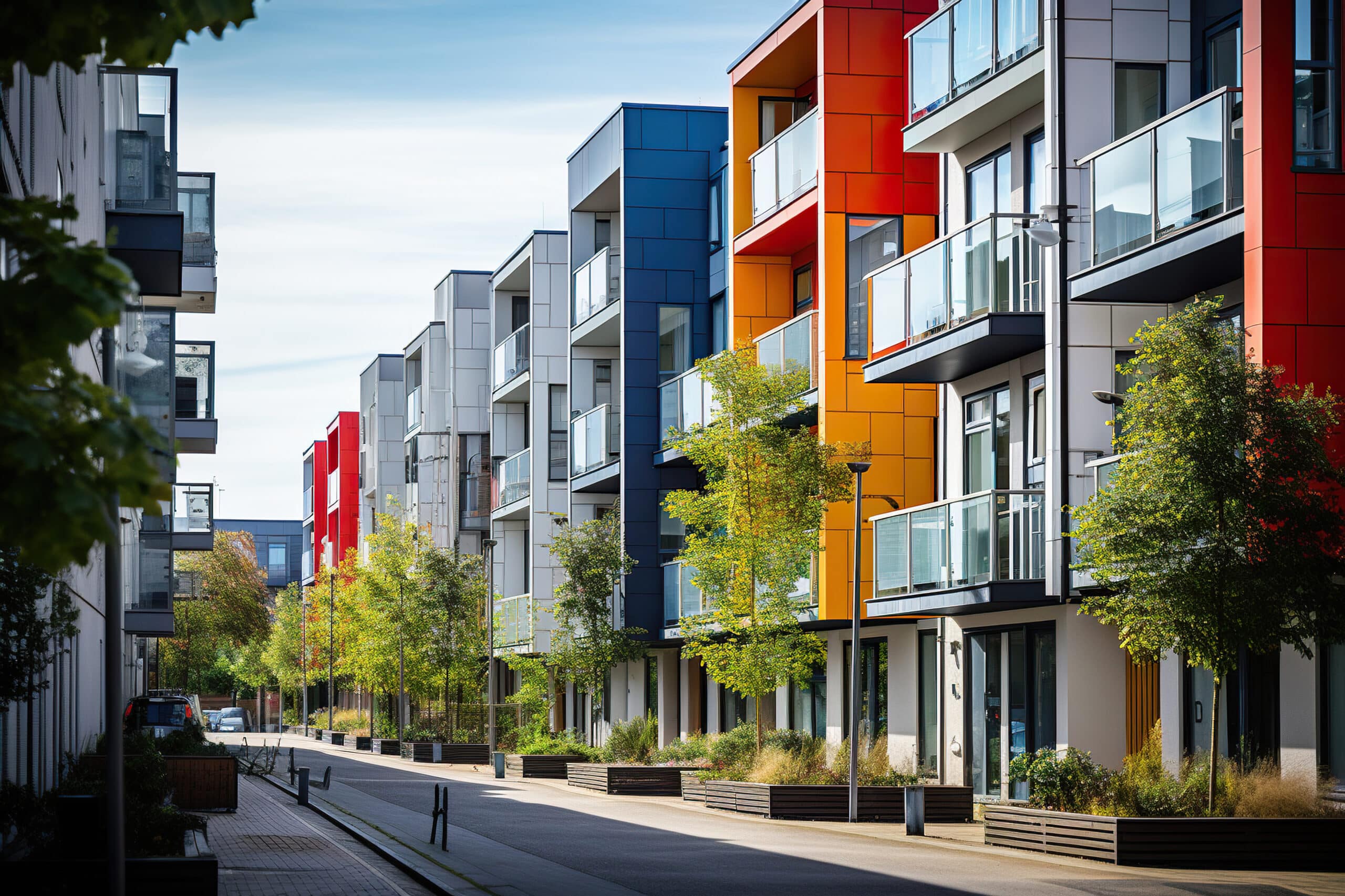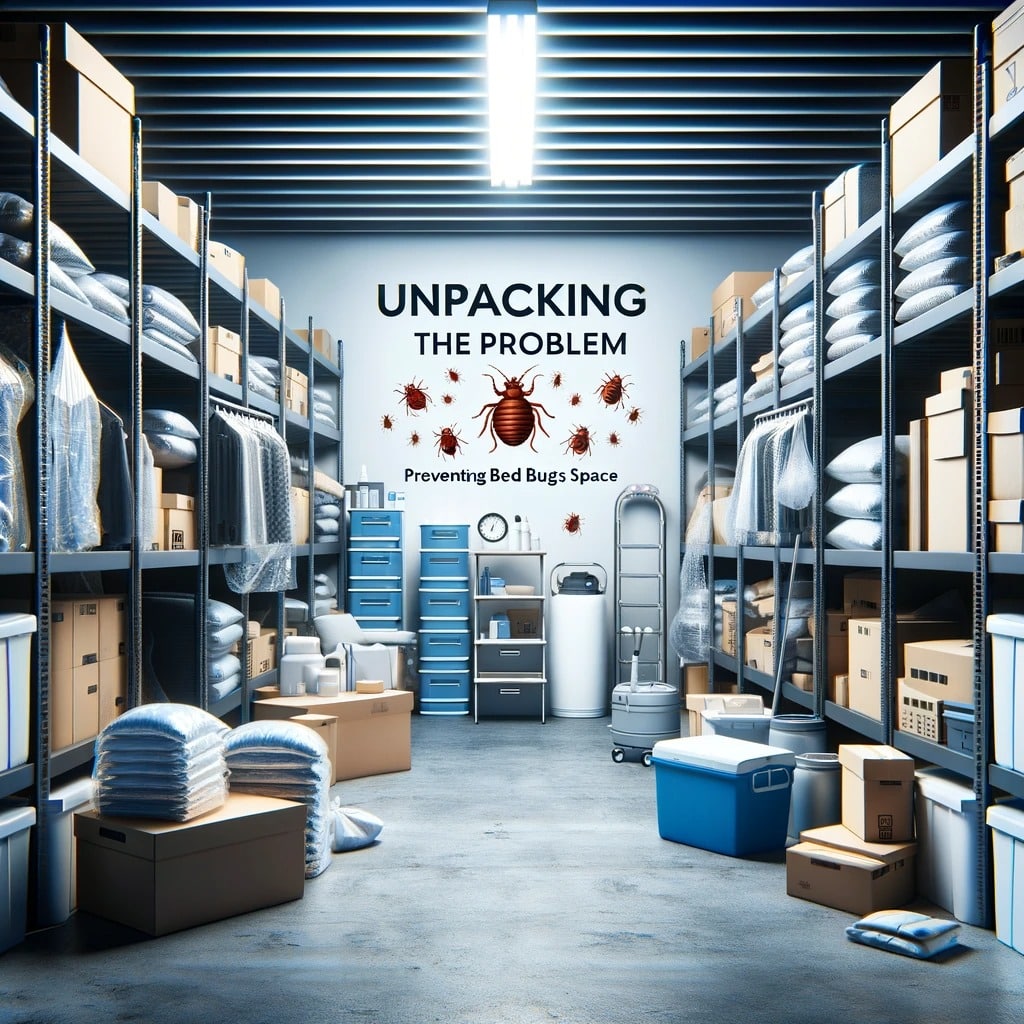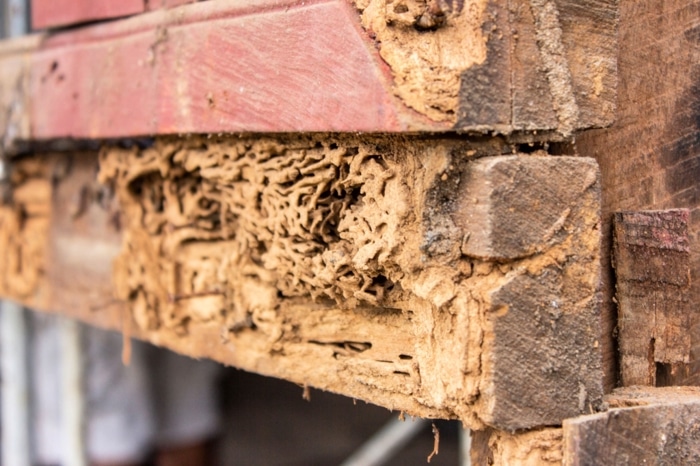Confronting a pest infestation can be a daunting challenge, especially when trying to balance effective management with environmental sustainability. Traditional pest control methods often rely on chemical solutions that, while effective, can harm the environment and pose health risks to humans and non-target species.
This dilemma places property managers in a tough spot, as they strive to maintain pest-free environments without compromising their commitment to sustainability. The push towards eco-friendly pest management represents a significant shift in how properties address pest control, focusing on methods that are not only effective but also environmentally responsible.
What is Eco-Friendly Pest Management?
Eco-friendly pest management is a philosophy and practice that prioritizes the use of sustainable, non-toxic methods for controlling pests. This approach contrasts sharply with traditional pest control, which often depends on chemical pesticides that can harm the environment and human health. Eco-friendly pest management involves strategies that focus on preventing pest infestations through habitat modification, use of biological control agents, and employing physical control methods. The goal is to manage pest populations in a way that is safe for the environment, humans, and pets, ensuring that pest control efforts do not cause more harm than the pests themselves.
Eco-friendly pest management is rooted in the principles of Integrated Pest Management (IPM), a holistic approach that combines multiple strategies to manage pests effectively. This method emphasizes understanding the ecology of pests, monitoring pest populations, and using targeted interventions that minimize environmental impact. By focusing on long-term prevention and using pesticides as a last resort, eco-friendly pest management seeks to establish a balance between effective pest control and environmental stewardship.
Benefits of Eco-Friendly Pest Management
The benefits of adopting an eco-friendly approach to pest management extend far beyond just the elimination of pests. Environmentally, this approach greatly reduces the use of chemical pesticides, leading to less pollution and a smaller carbon footprint. By minimizing chemical usage, eco-friendly pest management helps protect local waterways, soil, and biodiversity, preserving ecosystems that would otherwise be at risk from pesticide runoff and contamination.
From a health perspective, reducing reliance on toxic chemicals in pest control minimizes the exposure of residents, pets, and wildlife to harmful substances. This is particularly important in settings like apartment complexes, schools, and hospitals, where the health and safety of a large number of individuals are a priority. Eco-friendly pest management practices such as using plant-based insecticides or biological control agents pose fewer health risks, creating safer living environments.
Furthermore, eco-friendly pest management approaches tend to offer more sustainable and long-term solutions to pest problems. Traditional chemical treatments may provide quick results but often do not address the underlying causes of infestations, leading to recurring pest issues. In contrast, eco-friendly methods focus on preventive measures and habitat modification to reduce the factors that attract pests in the first place. This not only helps manage current infestations but also prevents future problems, establishing a more sustainable approach to pest control.
The transition to eco-friendly pest management represents an essential step forward in property management, aligning pest control practices with broader environmental and health objectives. By understanding what eco-friendly pest management entails and recognizing its benefits, property managers can make informed decisions about how to manage pest issues responsibly, ensuring the well-being of their tenants and the planet.
Eco-Friendly Pest Control Methods
Transitioning to eco-friendly pest control methods is a pivotal step for property managers aiming to maintain sustainability while combating pest issues. Biological control, one of the cornerstones of eco-friendly pest management, involves the use of natural predators or parasites to manage pest populations. This method leverages the ecosystem’s own mechanisms to keep pests in check, reducing the need for chemical interventions. For instance, introducing ladybugs to control aphid populations or using nematodes to target soil-dwelling pests are examples of how biological controls can be effectively employed in property settings.
Physical controls offer another layer of defense, employing barriers, traps, and manual removal techniques to prevent pests from accessing or colonizing areas. These methods can range from simple solutions like sealing cracks and installing window screens to more complex strategies such as using pheromone traps for specific pests. Physical controls often provide immediate results and can be used in conjunction with other eco-friendly methods to enhance overall pest management effectiveness.
Botanical insecticides represent a more natural chemical control option, utilizing plant-based and naturally derived compounds to combat pests. Unlike synthetic pesticides, botanical insecticides typically break down more quickly in the environment, reducing the risk of long-term toxicity. Neem oil, pyrethrin, and essential oils are examples of botanical insecticides that can be effective against a wide range of pests while being less harmful to non-target species and the environment.
Sustainable Pest Control Strategies
At the heart of sustainable pest control is Integrated Pest Management (IPM), a strategy that emphasizes the use of multiple eco-friendly techniques to manage pests effectively. IPM focuses on long-term prevention of pests or their damage through a combination of techniques such as biological control, habitat manipulation, modification of cultural practices, and use of resistant varieties. IPM prioritizes methods that are least hazardous to human health, beneficial to the environment, and cost-effective.

Preventive measures are critical to sustainable pest control, aiming to create an environment that is less inviting to pests. This can involve strategies like proper waste management, reducing excess moisture, and maintaining landscapes in ways that do not attract pests. By addressing the root causes of pest infestations, preventive measures help reduce the reliance on direct interventions, making pest control efforts more sustainable over time.
Regular monitoring and assessment are essential components of a sustainable pest management plan. This involves keeping an eye on pest populations and the effectiveness of control methods, adjusting strategies as needed. Monitoring helps identify potential pest issues before they become widespread, allowing for targeted interventions that are more efficient and less impactful on the environment.
Environment Friendly Insecticide
Choosing environment-friendly insecticides is crucial for minimizing the ecological footprint of pest control activities. These insecticides are designed to target specific pests while causing minimal harm to other organisms and the environment. The benefits of using such products include reduced chemical residues in the environment, lower risk of harming non-target species, and decreased potential for pests to develop resistance.
When selecting and applying environment-friendly insecticides, it’s important to follow best practices to ensure their effectiveness. This includes identifying the pest correctly, choosing the appropriate product for the situation, and applying the insecticide at the right time and in the correct manner. Proper application not only maximizes the effectiveness of the treatment but also minimizes potential environmental impact.
Transitioning to eco-friendly pest control methods, employing sustainable pest control strategies, and using environment-friendly insecticides are key steps toward balancing sustainability and effectiveness in property management. These approaches not only address pest issues but also contribute to the overall health and sustainability of the environment, offering a win-win solution for property managers committed to eco-friendly practices.
Implementing Eco-Friendly Pest Management in Properties
For property managers looking to adopt eco-friendly pest management, the transition involves more than just swapping out chemicals for greener alternatives. It requires a comprehensive approach that starts with a commitment to sustainability and effectiveness. Key steps include conducting an initial assessment of current pest management practices, identifying areas for improvement, and developing a plan that integrates eco-friendly strategies. Training staff and educating residents about the importance of sustainable pest control practices are crucial for ensuring buy-in and compliance. By fostering a culture of environmental responsibility, property managers can lead the charge in implementing eco-friendly pest management practices that protect both the property and the planet.
Challenges in Eco-Friendly Pest Management
Adopting eco-friendly pest management practices is not without its challenges. Some property managers may face misconceptions about the effectiveness of green pest control methods compared to traditional chemical treatments. Others may grapple with the initial costs associated with implementing sustainable strategies or finding reliable vendors who offer eco-friendly pest control solutions. Overcoming these challenges requires education, patience, and a willingness to experiment with new methods. Highlighting the long-term benefits of eco-friendly pest management, such as improved resident health and reduced environmental impact, can help garner support for these initiatives.
Future Trends in Eco-Friendly Pest Management
The future of eco-friendly pest management is bright, with innovations and advancements in sustainable pest control technologies continually emerging. Developments in biopesticides, precision application techniques, and integrated pest management strategies promise to make eco-friendly pest control even more effective and accessible. Additionally, increasing awareness of environmental issues and consumer demand for sustainable living options are driving more property managers to adopt green pest control solutions. Staying informed about these trends and incorporating them into pest management practices will be key for those looking to maintain a competitive edge while upholding their commitment to sustainability.
Eco-friendly pest management offers a responsible and effective way to handle pest control in properties, balancing the need for immediate results with the long-term goal of sustainability. By adopting strategies that minimize harm to the environment and priorities health and safety, property managers can create healthier living spaces for residents and contribute positively to the planet. Ready to make a difference? Start integrating eco-friendly pest management practices into your property maintenance routine today and pave the way for a greener, more sustainable future.





